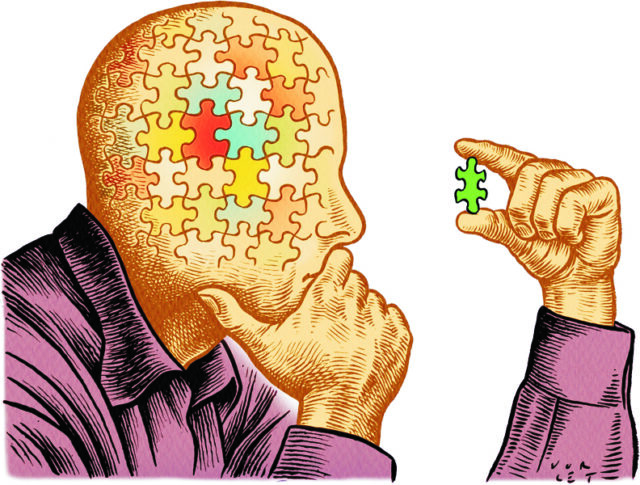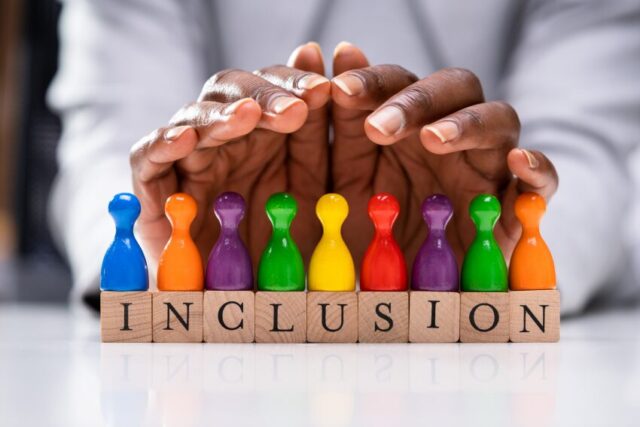In the evolving landscape of education, one constant remains: the importance of diversity. This multidimensional concept, encompassing race, culture, gender, socioeconomic status, and more, is becoming increasingly recognized for its profound influence on student success. If, at any point, you’re in need of deeper insights on educational topics, don’t hesitate to find help at https://en.ibuyessay.com/scholarship.html.
Now, let’s delve into the myriad ways diversity enriches the learning experience and drives success.
1. Enhances Critical Thinking

Diversity in education pushes students beyond their comfort zones, challenging them with varying perspectives. In a diverse classroom, a singular topic can yield numerous interpretations based on different backgrounds. This forces students to analyze issues more deeply, evaluating different viewpoints before drawing conclusions. Moreover, diverse educational settings help students question biases and stereotypes, refining their ability to think critically about the world around them. As they engage with different perspectives, they cultivate a mindset that seeks depth and clarity, essential for success in higher education and beyond.
2. Prepares Students for Globalization
In today’s hyper-connected world, globalization is more than just a buzzword; it’s a reality. The fusion of markets, technology, and cultures has created a lot of global interactions. As borders become accessible, the demand for individuals who can proficiently navigate this international terrain rises.
Education is the starting point for this navigation. A diverse educational environment provides students with a broader lens through which they can view the world. By interacting with peers from different cultural, linguistic, and socio-economic backgrounds, students gain insights into global issues, practices, and thought processes. This firsthand experience with diversity is invaluable in a globalized job market where businesses, NGOs, and governments routinely interact across borders. Such interactions often require an understanding of cultural norms, international regulations, and global economic trends. Students educated in a diverse environment naturally develop these skills, setting them up for success in the global arena.
Furthermore, with the rise of remote work and international collaborations, the need for cross-cultural communication skills is paramount. Students familiar with diversity are more adaptable, understanding nuances in communication, and appreciating the value of different perspectives, making them indispensable assets in global teams.
3. Boosts Creativity and Innovation

Every individual, influenced by their background, culture, and experiences, brings a unique perspective to the table. In a diverse educational setting, this amalgamation of perspectives becomes a catalyst for creativity. When students are encouraged to share their viewpoints, the classroom transforms into an incubator for ideas.
Imagine a scenario where students from various corners of the world discuss solutions to a common problem. Each student’s approach, influenced by their unique background, can lead to a myriad of solutions. This not only enhances problem-solving skills but also encourages innovative thinking. Such environments break the monotony of conventional thinking, pushing students to explore unconventional solutions and think outside the box.
Moreover, creativity is no longer restricted to artistic endeavors. It plays a pivotal role in science, technology, business, and numerous other fields. Diverse classrooms lay the foundation for this creative thinking, preparing students for future challenges in innovative ways.
4. Increases Empathy and Reduces Prejudices
Interacting with peers from various backgrounds allows students to walk in others’ shoes, fostering a deep sense of empathy. Understanding the challenges and experiences of others creates compassionate individuals, reducing biases and prejudices. Diversity in education offers a safe space for discussions on sensitive topics, allowing students to challenge and be challenged, refining their worldview and molding them into empathetic global citizens.
5. Enhances Cultural Competence

In an interconnected world, cultural competence is a valuable skill. Schools and colleges that prioritize diversity offer students the opportunity to interact with peers from varied backgrounds. This frequent interaction helps students become more adaptable, understanding, and efficient in communicating across cultural barriers. With enhanced cultural competence, students find themselves better prepared for diverse workplaces and social settings.
6. Provides Equal Opportunities for All

A commitment to diversity in education often translates to a commitment to inclusion. In such environments, every student’s voice is valued, and they are encouraged to achieve their potential. By ensuring that all students, irrespective of their backgrounds, have access to resources and opportunities, diversity in education levels the playing field, enabling every student to pursue their dreams.
7. Reflects the Real World
The real world is a mosaic of different cultures, beliefs, and experiences. Schools and colleges that embrace diversity offer a microcosm of this world. By experiencing this diversity early on, students are better equipped to handle real-world challenges. They become accustomed to interacting with people from different backgrounds, making them more open-minded, adaptable, and prepared for the multifaceted world outside the classroom.
8. Promotes Inclusive Leadership

In the real world, leadership isn’t just about being at the helm; it’s about guiding diverse teams to success. When students experience diversity in their formative years, they develop inclusive leadership qualities. They learn the importance of understanding and valuing every team member’s input, regardless of their background. This leadership style, which places emphasis on collaboration and inclusivity, is pivotal in today’s multifaceted work environments. By promoting inclusive leadership from a young age, education ensures that future leaders are well-equipped to harness the strength of diverse teams, driving innovation and growth.
9. Strengthens Emotional Intelligence
Diversity does more than just enhance cognitive abilities; it also plays a pivotal role in emotional development. Interacting with peers from diverse backgrounds helps students recognize, understand, and manage their own emotions as well as those of others. They become more attuned to subtle social cues, developing heightened emotional intelligence. This skill is crucial in personal and professional realms, as individuals with high emotional intelligence tend to navigate social situations more adeptly, foster stronger relationships, and handle conflicts with maturity and understanding.
10. Facilitates Lifelong Learning

Diverse educational environments instill in students the value of lifelong learning. When they’re regularly exposed to different cultures, philosophies, and ideas, they develop a curiosity that extends beyond the classroom. Such students are more likely to seek knowledge throughout their lives, whether it’s by traveling, attending workshops, reading extensively, or engaging in meaningful conversations. This commitment to lifelong learning ensures that they continually grow, adapt, and thrive in an ever-changing world.
In conclusion, diversity in education is a pillar of holistic development. Its benefits go beyond academic excellence, shaping well-rounded, empathetic, and culturally aware individuals ready to thrive in a globalized world. As the world continues to evolve, the importance of diversity in education will only become more pronounced, making it an indispensable aspect of a successful educational journey.
The post Golden Ways That Diversity in Education Benefits Students Success appeared first on Atlanta Celebrity News.
This content was originally published here.



Comments are closed.